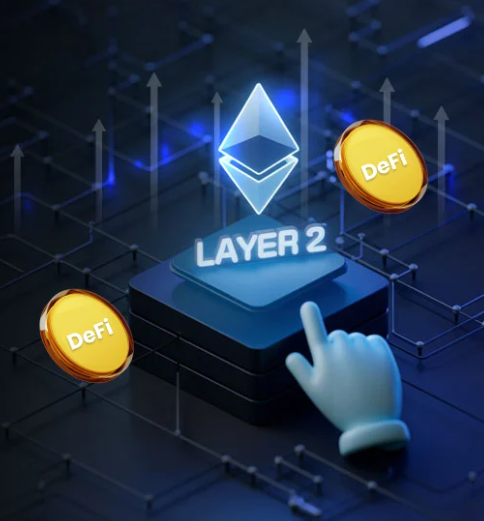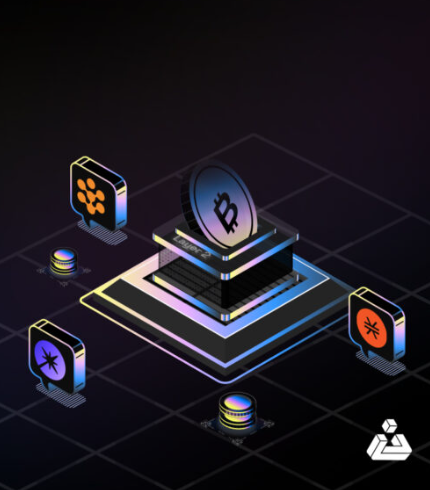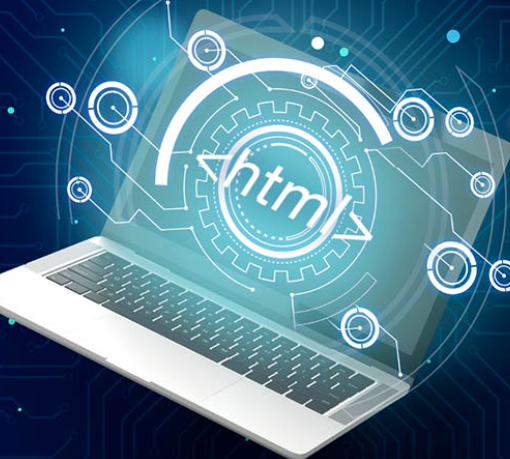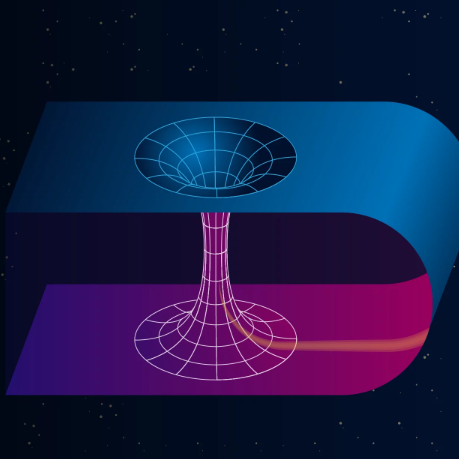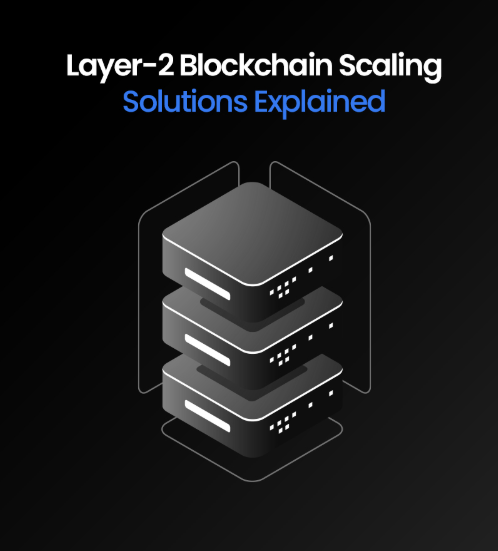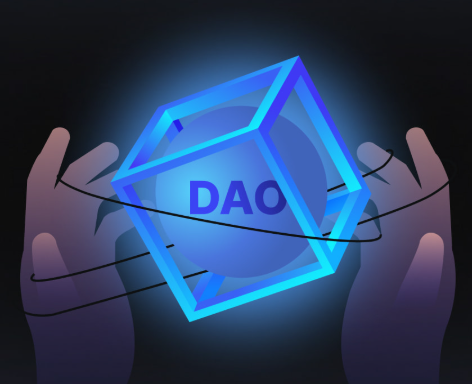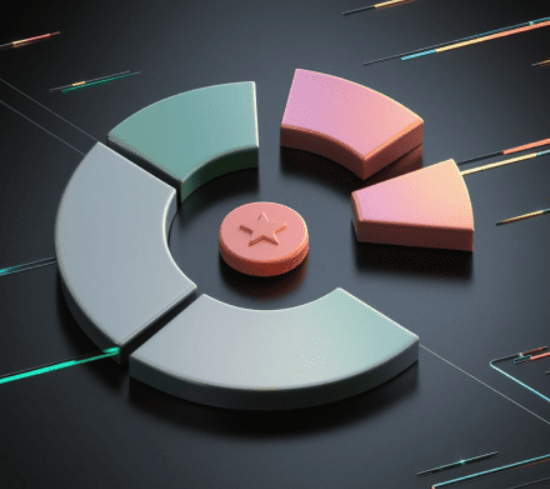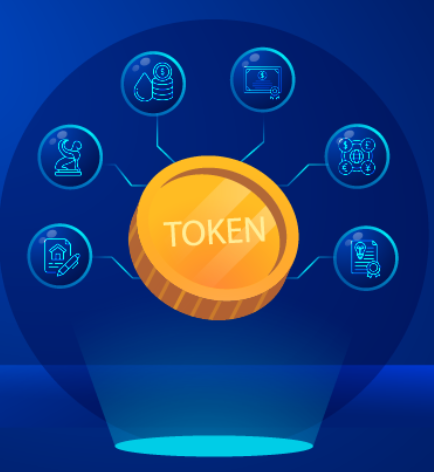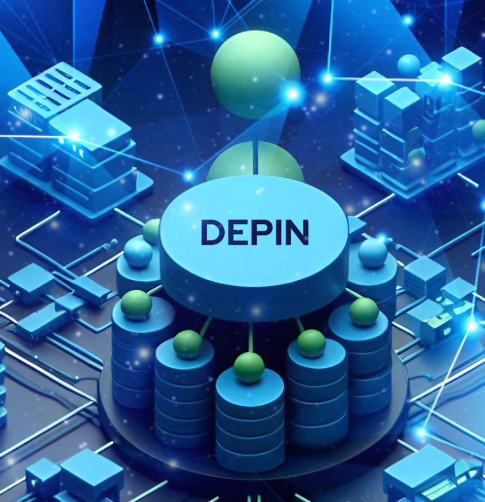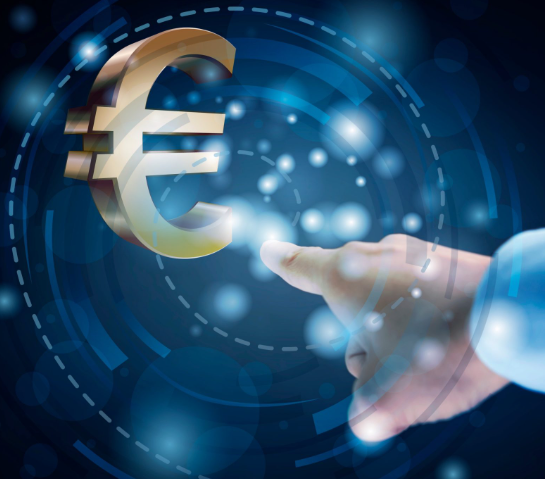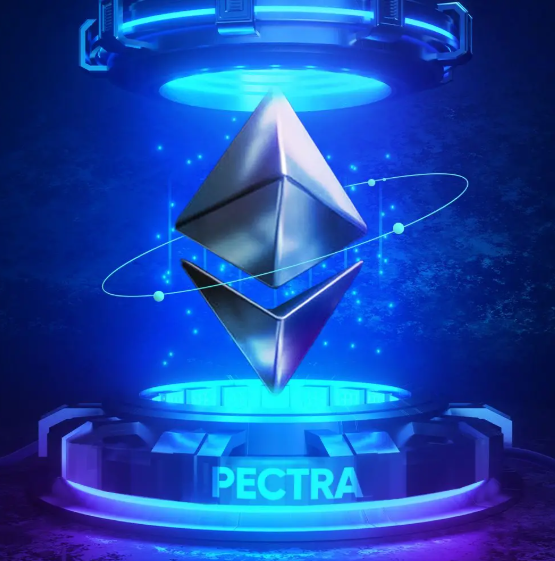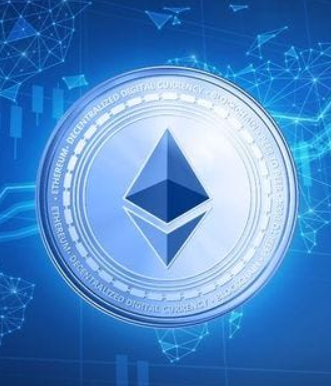
When Ethereum first launched, the excitement surrounding its decentralized potential was palpable. As blockchain technology opened new doors for tokenization, finance, governance, and digital assets, it quickly became clear that the Ethereum ecosystem was poised to drive significant change. One of the pivotal moments in Ethereum’s journey was the introduction of its first token standard, ERC-20, which laid the foundation for the vast ecosystem of tokens we see today.
In this blog, we’ll take a look at the evolution of Ethereum token standards, tracing their development from the introduction of ERC-20 to the current state of the Web3 ecosystem, highlighting key standards that have defined the decentralized landscape.
What Are Token Standards?
Token standards are a set of predefined rules and guidelines that smart contracts on a blockchain follow. They ensure that tokens within the same ecosystem can operate in a consistent way, enabling interoperability across different platforms, applications, and wallets. On Ethereum, these standards are known as Ethereum Request for Comment (ERC), and they form the backbone for the creation, transfer, and management of tokens across the network.
Ethereum Improvement Proposals (EIPs) are the channels through which new standards are suggested, reviewed, and discussed. ERCs are a subset of EIPs, focused specifically on the rules governing token functionality. By establishing these standards, Ethereum created a robust framework for token development that encourages seamless interaction across the ecosystem.
Why Token Standards Were Needed
In Ethereum’s early days, a lack of standardization led to fragmentation within the ecosystem. Projects developed their own token specifications, making it difficult for different tokens and applications to communicate with one another. This lack of compatibility resulted in inefficiencies and interoperability issues.
To address this, developers recognized the need for common guidelines that would allow tokens to function smoothly across diverse platforms. Token standards were created to provide this common ground, ensuring that tokens could be used universally without friction.
Timeline of Key Ethereum Token Standards
- ERC-20 (2015)
- Purpose: Established a standard for fungible tokens, enabling seamless interaction between tokens, wallets, and exchanges.
- Benefits: Made tokens like Tether (USDT) and utility tokens widely usable in decentralized applications (dApps).
- Limitations: Lacked features for non-fungible tokens (NFTs), limiting its use for unique assets.
- Use Cases: Commonly used for ICOs, stablecoins, and utility tokens.
- ERC-721 (2017)
- Purpose: Introduced a standard for non-fungible tokens (NFTs), enabling the creation of unique, verifiable digital assets.
- Benefits: Facilitated digital ownership and the provenance of items such as digital art and collectibles.
- Limitations: More complex than ERC-20 and unsuitable for fungible tokens.
- Use Cases: Popular in the digital art world, gaming, and collectible items like CryptoKitties.
- ERC-1155 (2018)
- Purpose: A multi-token standard that supports both fungible and non-fungible tokens in a single contract.
- Benefits: Reduces transaction costs and improves efficiency by allowing different asset types to be managed together.
- Limitations: More complex to manage, especially when dealing with mixed asset types.
- Use Cases: Used in gaming, NFT marketplaces, and digital asset management.
- ERC-1400 (2018)
- Purpose: A comprehensive framework designed for compliant security token issuance.
- Benefits: Enhances security and transparency, making it suitable for tokenizing real-world assets like equities and real estate.
- Limitations: Implementation can be complex and challenging for developers unfamiliar with securities regulations.
- Use Cases: Ideal for businesses looking to tokenize assets in compliance with securities laws.
- ERC-777 (2020)
- Purpose: Enhanced the ERC-20 standard with features like hooks, enabling more complex interactions between tokens and smart contracts.
- Benefits: Improved efficiency and security, reducing transaction costs.
- Limitations: Requires more complex implementation compared to ERC-20.
- Use Cases: Ideal for financial applications that need advanced token transfer capabilities.
- ERC-4626 (2022)
- Purpose: Known as the Tokenized Vault Standard, designed for yield-bearing vaults in DeFi.
- Benefits: Optimizes yield farming and makes it easier for projects to offer tokenized vaults.
- Limitations: Still in the adoption phase and not widely used yet.
- Use Cases: Predominantly used in DeFi applications and yield farming protocols.
- ERC-404 (Experimental)
- Purpose: A proposed standard that combines fungibility and non-fungibility into a single token.
- Benefits: Opens new possibilities in fractional ownership of NFTs.
- Limitations: This is still experimental and not yet standardized.
- Use Cases: Fractionalized NFTs and new types of collectible projects.
The Advantages of Token Standards
- Interoperability: Token standards ensure that different tokens can communicate and work together seamlessly across DApps and platforms, promoting a more connected ecosystem.
- Simplified Development: By following established guidelines, developers save time and resources, allowing them to focus more on innovation rather than building from scratch.
- Increased Liquidity: Standardized tokens are easier to list on exchanges and integrate into wallets, improving liquidity and user accessibility.
- Enhanced Security: Token standards are rigorously tested and audited, minimizing the risk of vulnerabilities and ensuring a safer environment for users.
- Lower Barriers to Entry: New projects can more easily enter the market by adhering to popular token standards, making it easier to attract users and partners.
- Ecosystem Support: By aligning with established standards, projects gain access to a wider range of tools, services, and community support, enriching their capabilities.
Notable Projects Leveraging Token Standards
- Uniswap: A decentralized exchange that revolutionized token trading using the ERC-20 standard.
- CryptoKitties: A pioneering NFT project that introduced the world to the potential of ERC-721 tokens.
- Decentraland: A virtual world where land ownership and transactions are managed with ERC-721 tokens.
- Enjin: A gaming platform that uses ERC-1155 to create unique and interactive digital items.
- SuperRare: A digital art platform that showcases the power of ERC-721 and ERC-1155 for creating collectible NFTs.
Conclusion
The evolution of Ethereum token standards from ERC-20 to ERC-1155 has been instrumental in shaping the decentralized ecosystem. These standards have enabled tokens to interact smoothly across various platforms, making blockchain technology more accessible and efficient. As Ethereum and Web3 continue to grow, understanding and utilizing token standards will be essential for success in this rapidly evolving space.





